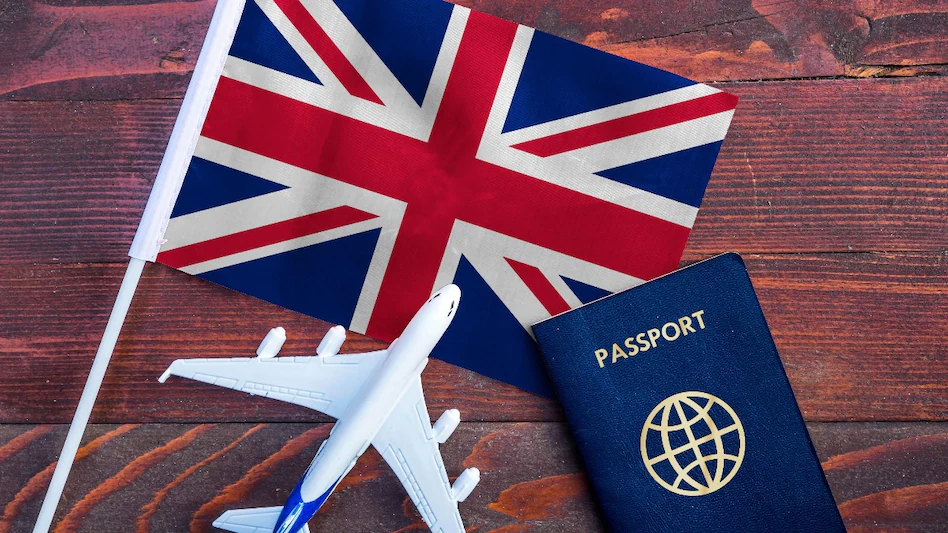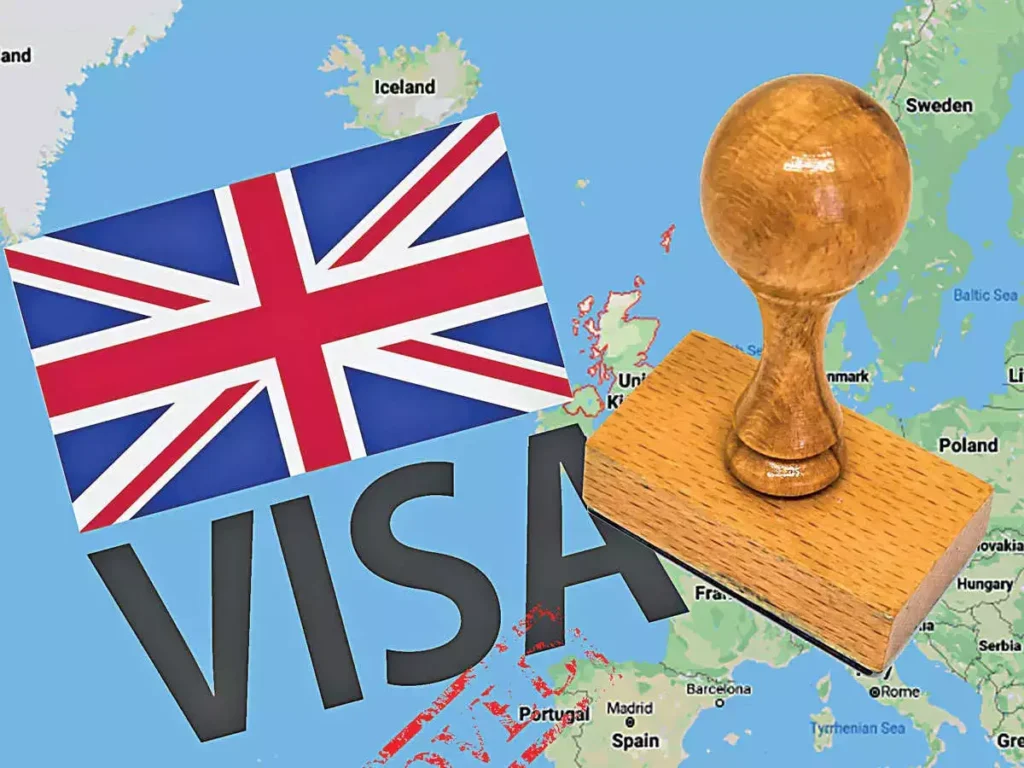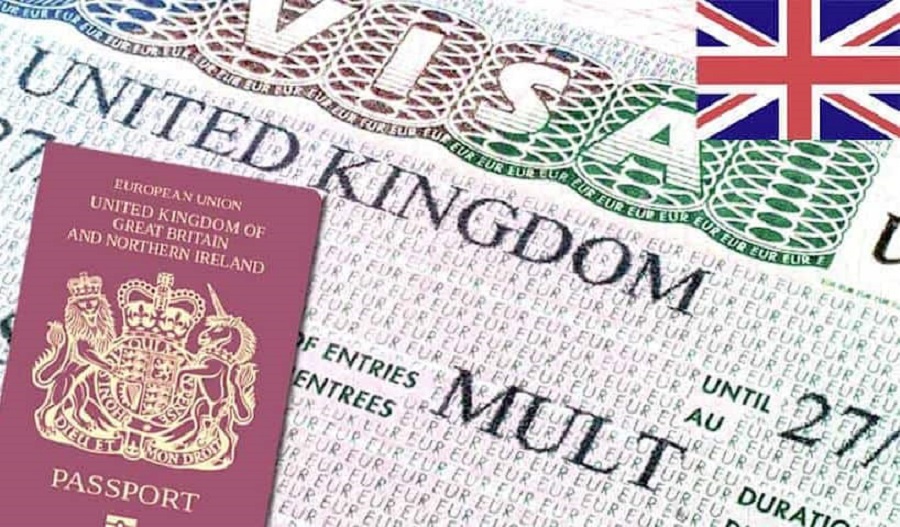Introduction
The UK offers a broad range of immigration options for individuals who wish to live, work, or study in the country. However, the immigration system is intricate, governed by strict rules and regulations that vary depending on the type of visa you’re applying for. Understanding the rules, visa categories, and application processes can be challenging, but it’s essential for those hoping to enter or settle in the UK. This blog will provide an in-depth look at UK immigration laws and offer a clear guide to the various visa routes.
Understanding UK Immigration
The UK immigration system is managed by the Home Office, with specific bodies responsible for processing applications, enforcing laws, and overseeing compliance:
- UK Visas and Immigration (UKVI): This department handles visa applications, applications for leave to remain, and asylum claims.
- Border Force: Responsible for securing the UK’s borders, ensuring compliance with immigration laws at entry points like airports and ports.
The UK’s immigration rules and policies aim to regulate the flow of individuals seeking to work, live, study, or reunite with family. It also has provisions to offer refuge and asylum for those facing persecution in their home countries.
1. Types of UK Visas
UK visas are classified into two main categories: immigrant visas (for those seeking to settle) and non-immigrant visas (for temporary stays). Let’s take a closer look at the available options.
A. Immigrant Visas
Immigrant visas are intended for individuals seeking to live and work permanently in the UK. These include:
- Family Visas: For people wishing to join a family member in the UK. The sponsor must be a UK citizen or permanent resident.
- Spouses, partners, children, parents, and other family members may be eligible to apply.
- Skilled Worker Visa: For individuals with a job offer from a licensed sponsor in the UK. This visa replaced the Tier 2 (General) work visa after Brexit and is open to people in skilled occupations like healthcare, engineering, and IT.
- Global Talent Visa: For highly skilled individuals in fields like science, engineering, medicine, and the arts. Applicants must be recognized as leaders or emerging leaders in their field.
- Investor, Business Development, and Talent Visas: Includes visas like the Innovator Visa (for business owners) and Start-Up Visa (for entrepreneurs planning to establish a business in the UK).
- Settlement Visa: After living in the UK for a certain period (usually 5 years), individuals on a work or family visa may apply to settle permanently in the UK and gain indefinite leave to remain (ILR).


B. Non-Immigrant Visas
Non-immigrant visas are typically for short-term stays, such as for tourism, business, or study. Common types include:
- Tourist Visa: For those visiting the UK for tourism, business meetings, or family visits.
- Student Visa: For individuals who wish to study at a UK institution. The applicant must be accepted into an accredited program, such as university courses, English language programs, or vocational training.
- Youth Mobility Scheme Visa: For young people (18-30 years old) from certain countries who wish to live and work in the UK for up to two years.
- Temporary Worker Visas: For individuals coming to the UK for temporary work in specific sectors like charity work, arts, entertainment, or sports.
2. The UK Immigration Process
The process of applying for a UK visa generally involves several key steps. The exact steps may vary depending on the type of visa you are applying for, but typically follow this order:
Step 1: Determine Your Eligibility
Before you begin your application, check the eligibility criteria for the visa you want. Different visas have varying requirements regarding sponsorship, qualifications, financial support, and English language proficiency.
Step 2: Complete the Application
Most UK visa applications are completed online. You will need to submit relevant documents, which may include proof of financial support, a valid passport, a job offer (for work visas), proof of relationship (for family visas), and more.
Step 3: Pay Fees
There are fees associated with visa applications, which can range widely depending on the visa type. Additionally, applicants may need to pay the Immigration Health Surcharge (IHS) to gain access to the National Health Service (NHS).
Step 4: Attend a Biometrics Appointment
Most applicants will need to attend a biometrics appointment at a visa application center. This involves fingerprinting and photographing as part of the identity verification process.
Step 5: Wait for a Decision
Once your application is submitted, you will wait for a decision. The processing time can vary based on the visa type. It’s always best to apply as early as possible to avoid delays.
Step 6: Receive Visa or Leave to Remain
If your application is successful, you will receive your visa or, for those applying from within the UK, a leave to remain (LTR) status. This allows you to enter the UK (if you’re outside the country) or continue your stay (if you’re in the UK already).



3. Challenges in UK Immigration
While the UK offers many immigration opportunities, there are a number of challenges that applicants may face:
- Visa Denials: Applications can be denied if the applicant doesn’t meet all the criteria or if there are issues with the supporting documents.
- Complex Rules: The UK immigration system is often described as difficult to navigate due to its complex rules and requirements.
- Long Processing Times: Depending on the type of visa and country of origin, the wait times for visa processing can be lengthy.
4. Special Immigration Programs and Exemptions
- Asylum and Refugee Status: The UK offers protection for those who are fleeing persecution. Asylum seekers can apply to stay in the UK and may be eligible for refugee status, which grants them permission to stay and work in the country.
- EU Settlement Scheme: Following Brexit, EU nationals living in the UK before January 31, 2020, were allowed to apply for settled or pre-settled status, ensuring their rights to live and work in the UK.
- Youth Mobility Scheme: This program provides young individuals from specific countries the opportunity to work and travel in the UK for up to 2 years.
5. Naturalization and British Citizenship
For those who have lived in the UK for a certain period of time (typically 5 years as a permanent resident or 3 years as a spouse of a British citizen), the next step is naturalization. The process includes:
- Completing the British Citizenship Application form
- Passing the Life in the UK Test, which assesses your knowledge of British history, culture, and society.
- Demonstrating English language proficiency
- Attending an interview or ceremony
Once granted citizenship, individuals enjoy the rights and privileges of being a UK national.
Conclusion
The UK immigration system is diverse and offers multiple pathways for individuals seeking to move to the country, whether for work, study, family reunification, or asylum. By understanding the visa types, eligibility requirements, and processes, applicants can significantly increase their chances of success.
